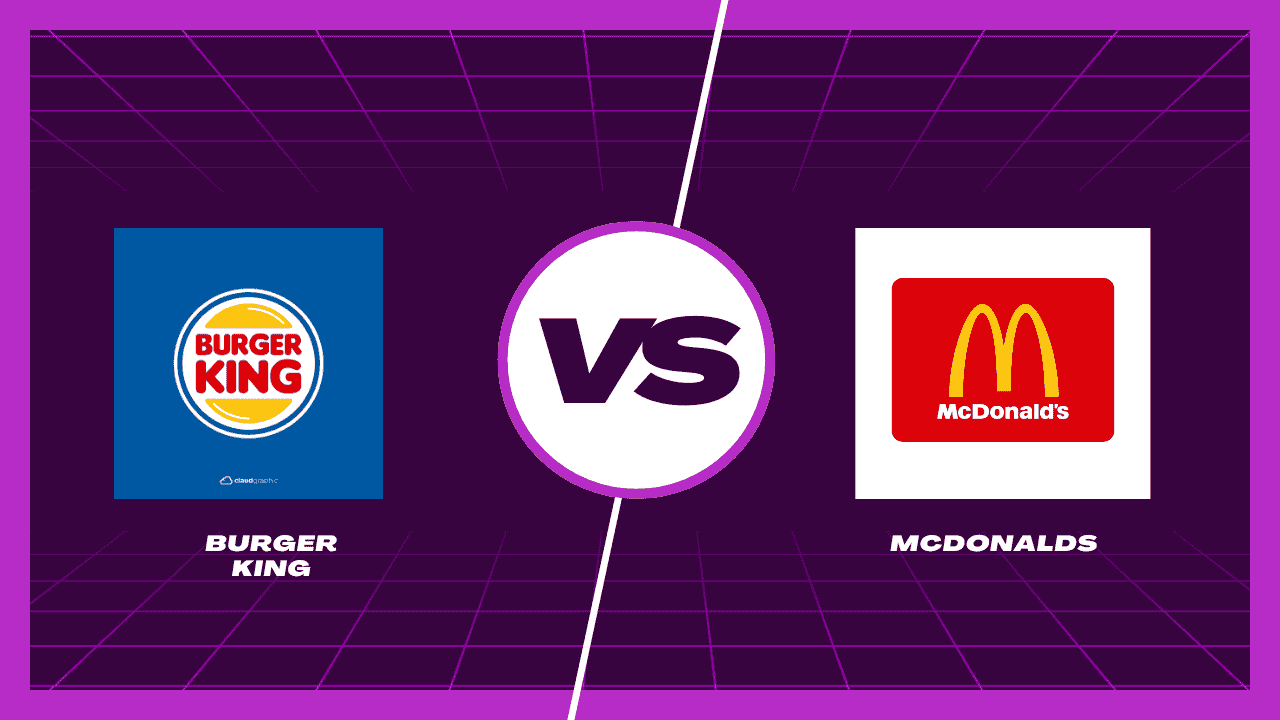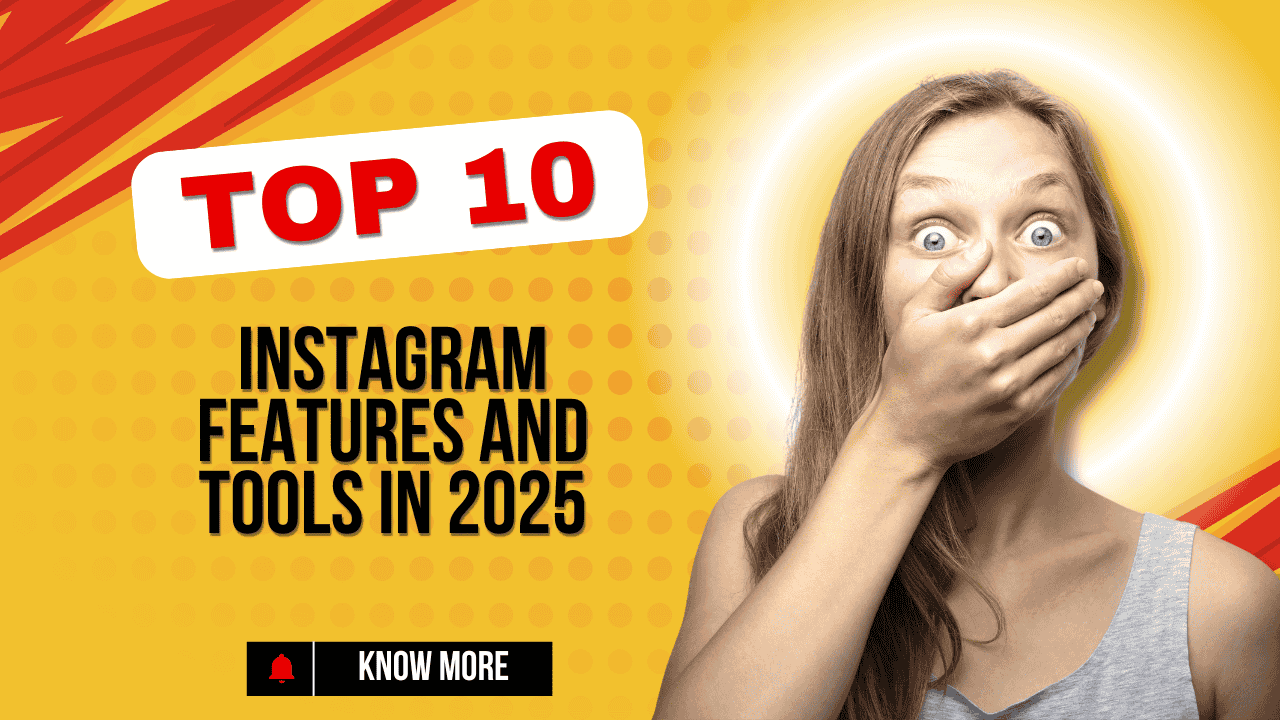Burger King vs. McDonald’s Marketing Strategy is one of the most well-known in the fast food industry. In 2018, Burger King introduced the “Whopper Detour” campaign, using geo-fencing to target McDonald’s locations. This move allowed Burger King to attract customers to its app and drive traffic to its stores. In this post, we’ll compare the marketing strategies of both brands, highlighting how Burger King’s digital approach contrasted with McDonald’s more traditional tactics and how it impacted their sales and customer engagement.
1. Campaign Strategy: How Both Brands Positioned Themselves
- Burger King’s Strategy:
- Launched the “Whopper Detour” campaign offering a Whopper for 1 cent when ordered near a McDonald’s.
- Used geo-fencing technology to detect customers within a 600-foot radius of McDonald’s locations.
- The campaign was designed to drive traffic to the Burger King app, making customers use it to claim the offer.
- The offer encouraged customers to switch from McDonald’s to Burger King by using location as the main trigger.
- McDonald’s Strategy:
- Relied on traditional marketing methods such as TV ads, radio spots, and billboards.
- Did not engage in location-based marketing or use geo-targeting to respond to the Burger King campaign.
- Focused on maintaining its established presence and brand image without leveraging modern mobile and digital strategies.
Advantage: Burger King
- Burger King’s strategy was disruptive, using McDonald’s strong physical presence to increase visibility and promote its app and products.
2. Technology & Execution: How the Campaign Was Implemented
- Burger King’s Execution:
- Utilized geo-fencing technology to create a virtual boundary around McDonald’s stores, triggering the offer when customers were nearby.
- Customers were required to download the Burger King app to access the deal, boosting app engagement.
- The app offered directions to the nearest Burger King, encouraging customers to complete their purchase at Burger King instead of McDonald’s.
- McDonald’s Execution:
- McDonald’s had its own mobile app but did not implement any location-based promotions or integrate geo-targeted offers.
- The McDonald’s app was mainly used for placing orders but didn’t drive user engagement with location-based incentives or promotions.
Advantage: Burger King
- Burger King executed a mobile-first strategy that capitalized on geo-location technology and provided an easy-to-use customer experience through its app.
3. Customer Behavior & Market Impact
- Burger King’s Impact on Customer Behavior:
- The Whopper Detour offered a 1-cent Whopper, encouraging customers to visit McDonald’s locations and then switch to Burger King.
- The campaign required customers to download the Burger King app, which led to 1.5 million new app downloads in a short period.
- The campaign generated massive social media buzz, with customers sharing their experiences on platforms like Instagram and Twitter.
- 3.3 billion media impressions were generated, making the campaign a viral success.
- McDonald’s Impact on Customer Behavior:
- McDonald’s saw an increase in foot traffic but did not manage to convert this into higher sales or customer engagement.
- McDonald’s mobile app did not experience an increase in downloads or user interaction during the campaign period.
- Traditional media channels like TV and radio did not create the same viral engagement that Burger King’s geo-fencing strategy did.
Advantage: Burger King
- Burger King leveraged online engagement and created viral marketing that boosted app downloads, sales, and brand visibility.
4. Brand Impact: How the Campaign Affected Both Brands
- Burger King’s Brand Impact:
- The campaign positioned Burger King as an innovative brand, highlighting its ability to use digital-first strategies.
- Strengthened its appeal to younger, tech-savvy customers, as the campaign focused on mobile engagement.
- Created a long-lasting connection with digital consumers who were motivated by location-based deals.
- Brand awareness increased due to the campaign’s viral success.
- McDonald’s Brand Impact:
- While McDonald’s brand remains strong, it missed the opportunity to leverage its established presence and engage with the digital-first consumer.
- McDonald’s did not change its marketing strategy to incorporate location-based offers or digital tools, limiting its appeal to a younger, more mobile-dependent demographic.
- The campaign did not significantly affect McDonald’s brand image or market perception.
Advantage: Burger King
- Burger King successfully enhanced its brand image as a digital leader while McDonald’s missed an opportunity to innovate in the digital space.
5. Financial & Business Impact: Results and Outcomes
- Burger King’s Financial Results:
- Achieved higher sales and increased foot traffic without spending a large amount on traditional advertising.
- Boosted app engagement, leading to long-term customer retention and future sales.
- App downloads increased by 1.5 million, leading to better customer data collection and the ability to directly market future deals to users.
- The 1-cent Whopper deal had a low cost, providing high ROI by driving traffic to stores and increasing overall sales.
- McDonald’s Financial Results:
- McDonald’s saw an increase in foot traffic but failed to convert this into higher sales or increased engagement with its app.
- The company did not use its app to drive sales or customer acquisition in the same way Burger King did.
- McDonald’s did not experience an increase in app downloads, limiting the ability to capitalize on the mobile marketing shift.
- The campaign did not have a significant financial impact or generate strong ROI compared to Burger King’s digital strategy.
Advantage: Burger King
- Burger King’s digital strategy led to higher sales, increased app downloads, and better customer engagement compared to McDonald’s traditional approach.
Conclusion: Who Won the Marketing Battle?
- Burger King’s Strategy:
- The “Whopper Detour” campaign was a highly successful digital-first strategy that capitalized on geo-location technology and mobile engagement.
- By targeting McDonald’s locations and offering a discounted deal, Burger King not only increased app downloads but also gained massive social media exposure.
- Burger King used location-based marketing effectively, turning McDonald’s stores into free advertising billboards and disrupting the market with its bold approach.
- McDonald’s Response:
- McDonald’s failed to adapt to digital trends or leverage its existing app to compete with Burger King’s campaign.
- While McDonald’s brand strength remained intact, it missed a key opportunity to engage with the digital-first, mobile-dependent consumer base.
- McDonald’s traditional advertising strategy did not generate the same level of engagement or viral impact as Burger King’s digital approach.
Final Verdict: Burger King Won
- Burger King used innovative digital tactics to gain a competitive edge in the fast food industry, while McDonald’s relied on traditional marketing methods, missing out on new opportunities in the digital landscape.
- Burger King’s campaign demonstrated the power of location-based marketing and mobile engagement, proving that digital-first strategies can disrupt established markets and create lasting consumer relationships.
Key Takeaways:
- Geo-fencing and location-based marketing can effectively target competitors and drive foot traffic.
- Social media engagement and viral marketing can generate immense brand visibility and customer loyalty.
- Traditional marketing methods are still effective, but digital innovation is increasingly important for staying competitive in today’s market.


